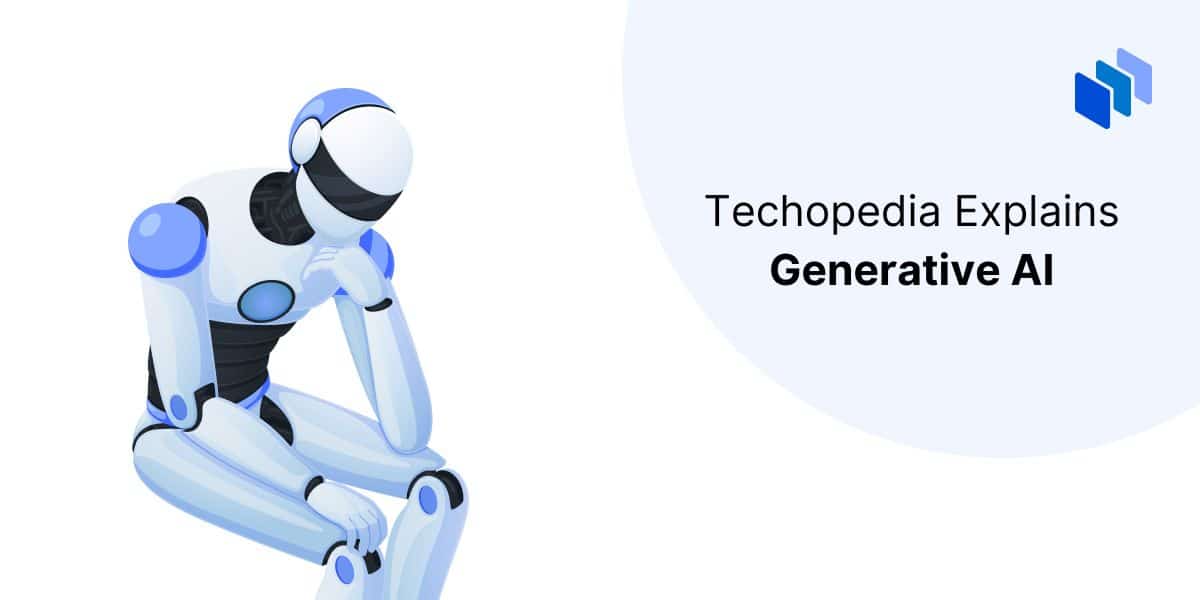All Categories
Featured
Many AI companies that educate large models to generate text, pictures, video, and audio have not been clear regarding the web content of their training datasets. Different leaks and experiments have actually disclosed that those datasets consist of copyrighted material such as books, newspaper articles, and flicks. A number of suits are underway to identify whether usage of copyrighted product for training AI systems constitutes reasonable usage, or whether the AI business require to pay the copyright holders for usage of their product. And there are naturally lots of groups of bad things it might in theory be used for. Generative AI can be utilized for individualized scams and phishing attacks: For instance, making use of "voice cloning," scammers can replicate the voice of a particular person and call the individual's household with a plea for aid (and cash).

(Meanwhile, as IEEE Spectrum reported today, the U.S. Federal Communications Commission has actually reacted by banning AI-generated robocalls.) Image- and video-generating devices can be made use of to create nonconsensual porn, although the devices made by mainstream firms refuse such use. And chatbots can in theory walk a would-be terrorist through the actions of making a bomb, nerve gas, and a host of various other horrors.
What's even more, "uncensored" variations of open-source LLMs are around. Despite such prospective issues, numerous individuals believe that generative AI can additionally make individuals extra productive and could be made use of as a tool to make it possible for completely brand-new kinds of creativity. We'll likely see both catastrophes and imaginative bloomings and plenty else that we don't expect.
Learn more regarding the mathematics of diffusion designs in this blog post.: VAEs consist of two semantic networks usually described as the encoder and decoder. When given an input, an encoder transforms it into a smaller sized, a lot more thick depiction of the data. This pressed representation protects the details that's required for a decoder to reconstruct the original input data, while discarding any kind of irrelevant info.
This allows the customer to easily example brand-new latent representations that can be mapped via the decoder to generate novel data. While VAEs can create results such as images quicker, the pictures created by them are not as outlined as those of diffusion models.: Found in 2014, GANs were considered to be one of the most commonly utilized methodology of the three before the recent success of diffusion designs.
Both models are educated together and get smarter as the generator produces much better web content and the discriminator improves at identifying the created material - What industries benefit most from AI?. This procedure repeats, pushing both to continuously improve after every version till the generated web content is identical from the existing material. While GANs can provide high-grade samples and create outcomes quickly, the example variety is weak, consequently making GANs better fit for domain-specific information generation
What Are Ai Ethics Guidelines?
Among one of the most popular is the transformer network. It is essential to recognize exactly how it works in the context of generative AI. Transformer networks: Comparable to reoccurring neural networks, transformers are made to process sequential input information non-sequentially. Two mechanisms make transformers specifically experienced for text-based generative AI applications: self-attention and positional encodings.
&v=1218647597484)
Generative AI starts with a structure modela deep discovering version that acts as the basis for multiple various kinds of generative AI applications. One of the most typical foundation versions today are large language designs (LLMs), developed for message generation applications, but there are likewise foundation models for image generation, video clip generation, and audio and songs generationas well as multimodal foundation designs that can sustain numerous kinds content generation.
Find out more about the history of generative AI in education and terms related to AI. Find out more regarding how generative AI features. Generative AI devices can: React to motivates and inquiries Produce images or video Summarize and synthesize info Modify and modify content Generate innovative jobs like music compositions, stories, jokes, and poems Compose and remedy code Manipulate information Develop and play video games Capacities can vary considerably by tool, and paid variations of generative AI devices frequently have specialized functions.
Generative AI devices are regularly finding out and evolving but, since the day of this publication, some constraints consist of: With some generative AI devices, consistently integrating actual study into text remains a weak capability. Some AI tools, as an example, can produce message with a recommendation list or superscripts with web links to resources, yet the recommendations often do not represent the message developed or are phony citations made of a mix of genuine magazine details from several resources.
ChatGPT 3.5 (the totally free variation of ChatGPT) is educated using data available up until January 2022. Generative AI can still make up possibly wrong, simplistic, unsophisticated, or biased feedbacks to inquiries or triggers.
This checklist is not detailed yet includes several of the most extensively made use of generative AI devices. Tools with cost-free versions are suggested with asterisks. To request that we include a tool to these lists, call us at . Generate (sums up and manufactures resources for literature testimonials) Discuss Genie (qualitative research study AI aide).
Latest Posts
What Are Ai-powered Robots?
Ai For Supply Chain
What Are Ethical Concerns In Ai?